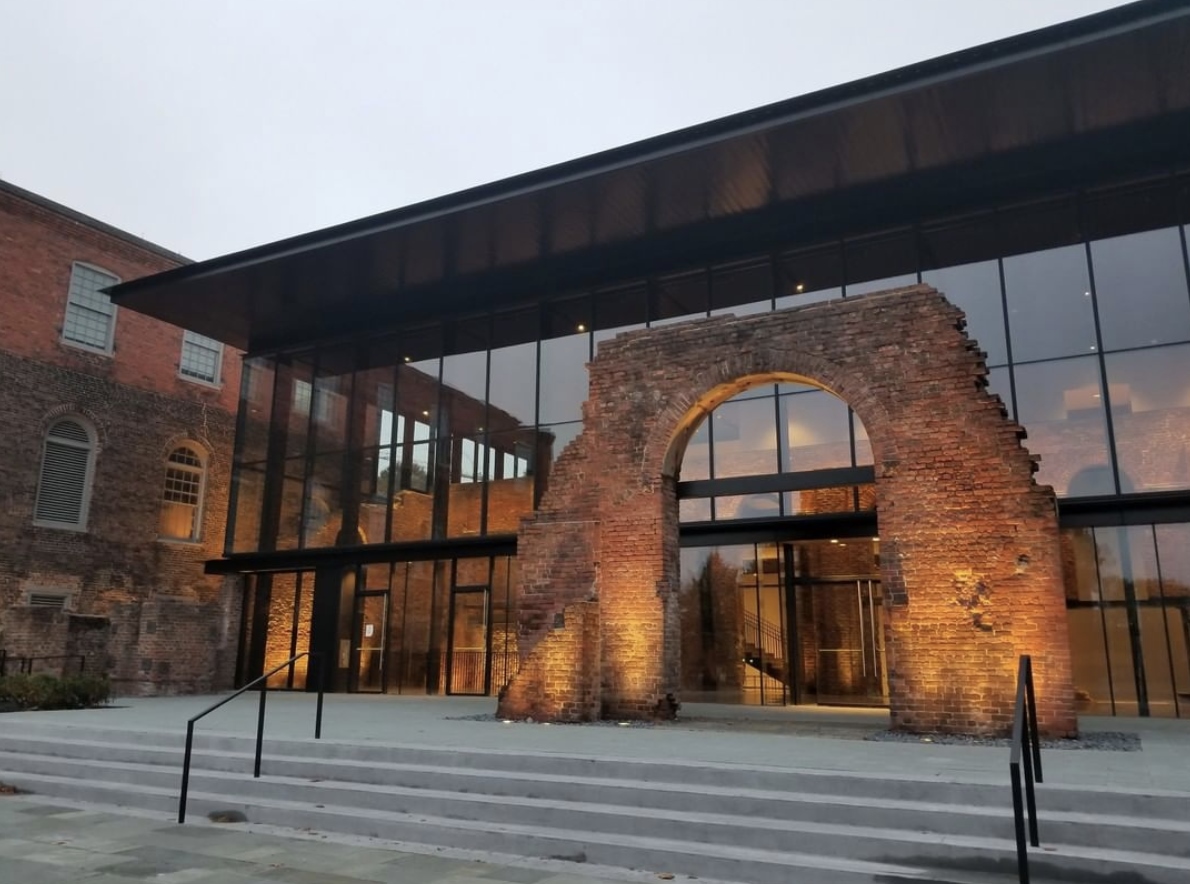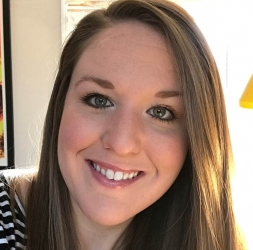
The new American Civil War Museum, scheduled to open on May 4, 2019
As proud sponsors of the American Civil War Museum’s upcoming Emerging Scholars program—set to occur May 4 between noon and 4 pm during the grand opening of the museum’s new facility in Richmond—we’re pleased to introduce the speakers and their topics.
Below, each speaker briefly describes their topic and why they feel their research is relevant to contemporary Civil War studies. Those in the area should feel welcome to attend the program and listen to these exciting new scholars. And if you do, we hope you stop by our table and say hello!
“The Legacy of William Mahone and the Readjuster Party”
Heath Anderson, Virginia Commonwealth University Graduate Student
My research focuses on Confederate General William Mahone and the political party he controlled in Virginia after the war: the Readjusters. It analyzes his leadership and organization of the Readjuster Party, a third-party movement made up of both white and black Virginians.
Mahone and the Readjusters are relevant today because of our ongoing debate about how to remember the Civil War era and its legacies. However, William Mahone, who was often in Lee’s council at the war’s end, was deemed a “Benedict Arnold” by his contemporaries, was purposefully excluded by the popular “Lost Cause” memory of the Civil War by white southerners for his promotion of African American suffrage and his belief in the idea of Reconciliation with the United States.

“When This You See, Remember Me”
Katelyn Brown, Program Coordinator at the Virginia Center for Civil War Studies
I examine Civil War soldiers’ use of visual culture (photography, graffiti, and drawings) to come to terms with mortality and as a way of establishing permanence.
Visual culture provides a way to look at the Civil War that is unique and more personal than many traditional sources allow. But the most powerful aspect of this research is the insight into human nature, showing modern people that fear of mortality and being forgotten is a human experience. By understanding soldiers’ responses to mortality, we can bring them to life in new ways, but also improve our own understanding of the continued human desire to seek meaning and legacy.
“Freedom’s Generation: Coming of Age in the Era of Emancipation”
Ben Davidson, James Smithson Postdoctoral Fellow, Smithsonian Institution (in residence at the National Museum of American History)
My talk discusses the lives of the generation of children who came of age during the Civil War era. I demonstrate that members of this generation were an especially important set of actors involved in shaping emancipation’s meanings.
The lives of those who grew up during the Civil War illuminate meanings of freedom in the United States, and inspire more complex analysis of contemporary conversations about the Civil War and its enduring legacies. As intersecting questions of race, freedom, memory, education, and childhood remain deeply important, I believe the stories of young people during the Civil War provide key insights into these societal debates.
“Memories in Stone: The Confederate Catawba Monument”
Samuel Florer, Military Interpreter with the Colonial Williamsburg Foundation
In 1900, Fort Mill, S.C. unveiled a monument to Catawba Indians who fought for the Confederacy. This monument represents a unique example of Civil War memory. The monument’s message uses Native American imagery to bolster Lost Cause ideology that swept the country at the turn of the century.
Recently, the history and future of Civil War monuments has been a hot button issue debated by local communities across the country. By understanding the multi-layered motivations behind the creation of a unique and relatively unknown Civil War monument in Fort Mill, S.C., audience members can see similar factors at play behind monuments in their individual communities. This will allow them to view the topic of Civil War memory through a wider lens and motivate them to seek more information.
“African American Civil War Memory, 1915-1965”
Ashleigh Lawrence-Sanders, Ph.D. Candidate, Rutgers University
Though it has been argued that Civil War memory and commemoration became less important post-1915, my research demonstrates that for African Americans the opposite was true. Engaging the legacy of the Civil War was an essential party of a usable past for African Americans in these years.
My topic seeks to broaden our understanding of the long-lasting legacy of the Civil War by highlighting how a diverse group of African Americans utilized the memory of the war as a rhetorical and ideological underpinning of their freedom struggles in the 20th century. It will help contextualize people’s understandings of current tensions over the legacy of the war, and focus on how African Americans have both contested the Lost Cause and fashioned their own meanings of the Civil War.

“Let Them Eat Grass: Merging The Dakota War with a Total War Narrative”
John R. Legg, Graduate Student at Virginia Tech; Graduate Assistant Virginia Center for Civil War Studies
Throughout the Minnesota River Valley, the U.S.-Dakota War of 1862 brought death, destruction, and eradication of Dakota from Minnesota. This talk will examine how this story can fit in the Civil War narrative, and if the Civil War is a “total war” based on violence against Native people.
As the American public considers new ideas revolving around the American Civil War, the American West offers several connections to that defining moment in U.S. history. Studying the U.S.-Dakota War of 1862 allows the public to learn about new theaters of battle through the lens of total war tactics. This conflict also addresses key ideas that suggest the U.S. government’s involvement in fighting a war for empire and expansion at the same time as fighting to free the slaves.
“Civil War Photo Sleuth”
Kurt Luther, Assistant Professor of Computer Science and History at Virginia Tech
Civil War Photo Sleuth is a free website that uses face recognition technology and crowdsourcing to identify unknown portraits of Civil War-era soldiers and civilians. I will discuss the history of Civil War photography and demo how the site works.
Many people find Civil War photos, and/or the detective work behind identifying their subjects, compelling. I will show attendees how they can 1) identify unknown people in Civil War-era photos, 2) add identified photos to enrich our archive, or 3) search the database to find photos of ancestors or other names or locations relevant to them. Attendees can also try a “Civil War Twin” feature that uses face recognition to find Civil War-era portraits that look like them.

“African Americans and the Creation of National Cemeteries in the South”
Ashley Towle, Lecturer, University of Southern Maine
My topic explores the creation of National Cemeteries in the South after the Civil War. The presentation will examine the significant role African American soldiers played in creating these sites of rest and repose. It then examines how these sites were used on Decoration Days to commemorate the war.
People have likely driven by or visited a national cemetery before, but may not know how these cemeteries came to fruition. My presentation reveals that black laborers in the South were central to the creation of National Cemeteries in the South and did a majority of the labor to erect these sites of remembrance to the Union dead. Southerners initially shunned these cemeteries, allowing freedpeople to use these spaces to celebrate Decoration Day and the emancipationist legacy of the Civil War.